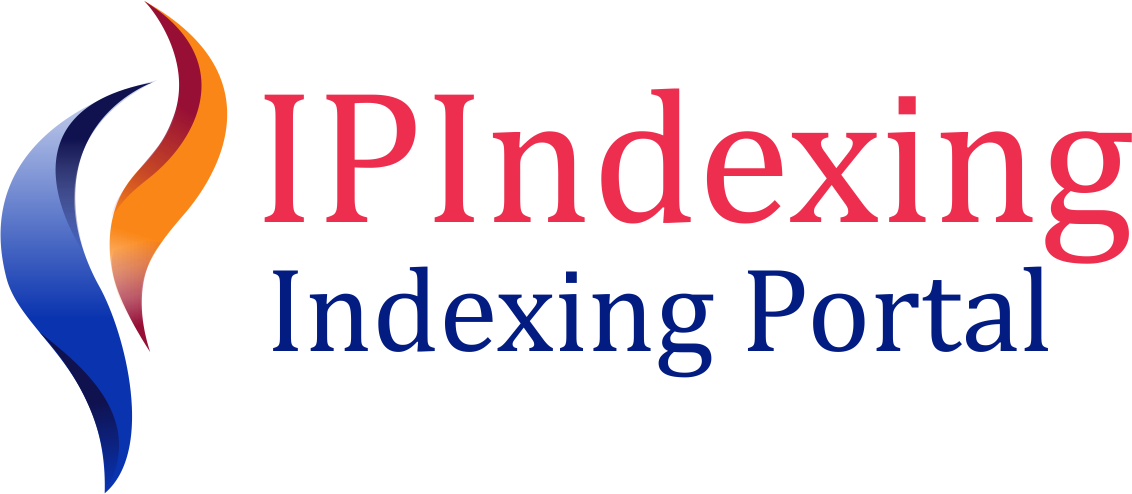

REVIEW PAPER ON WIRELESS IOT NOTICE BOARD USING LED DISPLAY
115 Downloads
263 Views
Keywords
Smart,
solar,
cooling,
Internet of things,
challenges,
Applications,
Energy efficiency,
Temperature control,
Renewable energy
Abstract
A notice board plays a crucial role in organizations and public spaces such as railway stations, bus stations, shopping malls, and educational institutions. Traditionally, notices are displayed by manually printing and posting them, which is a time-consuming task. To overcome this challenge, a Digital Notice Board using IoT Technology has been introduced, significantly reducing paper usage and saving time. The Internet of Things (IoT) is a network of connected physical objects embedded with technology, enabling them to interact with their internal states or external environments. Automation is a key concept in modern electronics, driving numerous technological advancements. A bulletin board is essential in various institutions and public areas. However, manually updating notices daily is cumbersome and requires dedicated personnel. This project focuses on an advanced wireless bulletin board utilizing IoT. In this system, the internet is used to wirelessly transmit messages from a web browser to the display unit. A local web server is created, which can function as a global server over the internet. The system employs a PIC microcontroller, which receives messages via a GSM module and displays them on an LED matrix. Additionally, a Flask application is used for network communication, ensuring seamless message delivery. The Internet of Things (IoT) is a highly distributed network composed of intelligent, interconnected devices capable of communication and interaction. As IoT advances, the use of compact, affordable, and programmable hardware components becomes increasingly essential.One such component is the PIC microcontroller, a small, programmable computing board. Despite some limitations, its cost-effectiveness and versatility make it a valuable tool for various IoT-based applications. Comparative studies indicate that, despite competition from other IoT platforms, the PIC microcontroller remains a practical choice for research and real-world implementations.
Published
April 10, 2025
Issue
Vol. 4 | Spcl. Issue-1 - 2025
Licensing

This work is licensed under a Creative Commons Attribution Non-Commercial 4.0 International License.


This work is licensed under a Creative Commons Attribution Non-Commercial 4.0 International License.
Copyright © Int. J. Appl. Engg. Res. Trans















